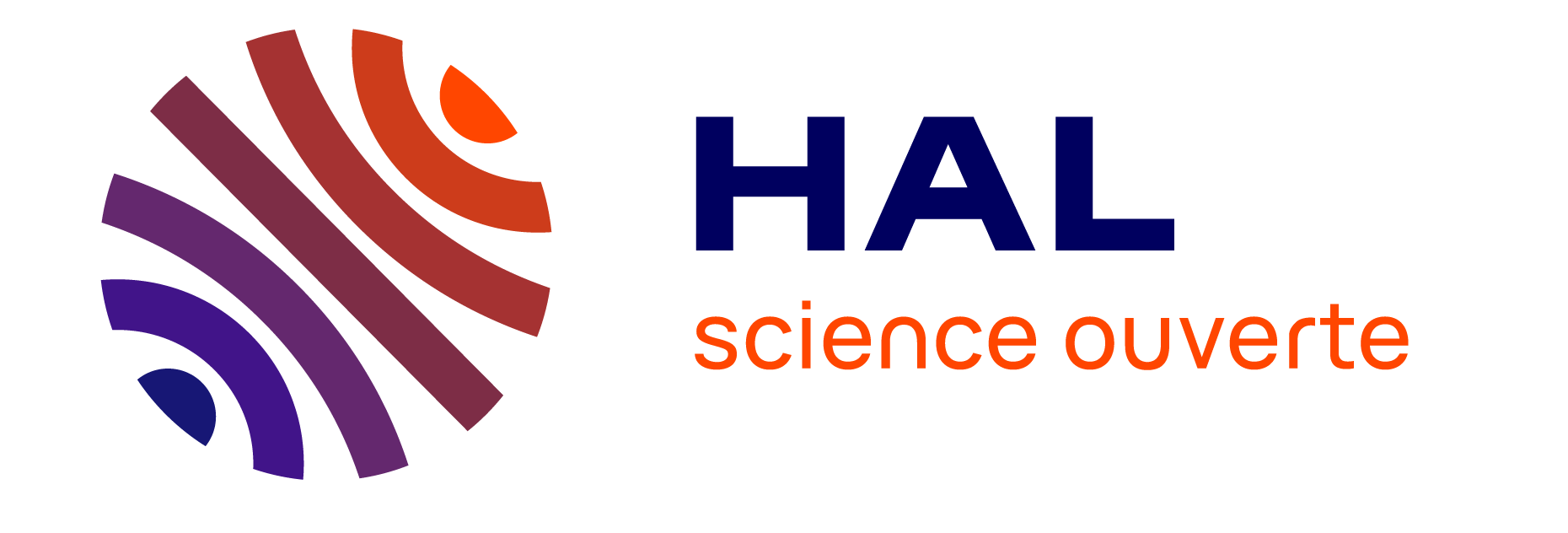Research activities led by the SIERA (Service Integration and NetwoRk Adminstration) are organized into two threads. The first one targets quality and reliability assurance of information and its exchange in networks (avionic, software-defined) and in adaptive distributed environments (IoT, Edge Computing), by introducing methodologies (privacy/security/monitoring-by-design), characterization models and orchestration languages. The second one addresses the design of innovative e-learning environments for digital transformation.
The Network Management & Security thread:
- Network security. SIERA contributed to “Network Security by design” by defining a four-layer Security Requirement Engineering (SRE) methodology. Inspired by SABSA, it considers the security architectural needs, the security of network devices and of the transferred information. The models and tools provide complete traceability and feedback information between the business, architect, design and builder views.
- Adaptive Management of networks services. SIERA made 4 contributions. First, a methodology to address monitoring adaptation with respect to high-level goals related to quality requirements in Network and Service Management. Second, a AMSDL to express adaptive monitoring strategies, and information models for the automation and monitoring tasks deployment in virtual networks. Third, a control language called AirNet where logical boundaries between different policies co-exist (control, data, and transport services), ensuring modularity and reusability of any northbound control program. Fourth, the dynSMAUG, a dynamic security management framework driven by situations to support decision making for automatically adapting security in deployed IT systems.
- Information assurance qualification and management specifies how to handle and protect critical information more effectively. The first contribution is the QoCIM meta-model and framework that offer a generic, computable and expressive solution to represent and handle any Quality of Context criterion in its whole life cycle. Second, a new entity for the X.509 4-cornered Trust Model called the Trust Broker (TB) and an implementation approach that it could follow to provide RPs with trust information about a CA by assessing the quality of its issued certificates.
- Protecting users’ privacy. SIERA contributed with a privacy learning algorithm that relies on Multi-Critearia Decision Analysis (MCDA), a set of methods used to solve complex problems where a mono-criteria approach cannot. This algorithm relies on the concept of meta-criterion (a criterion with high level of abstraction regrouping a set of criteria) that lowers the number of rules needed to protect users’ privacy.
The e-Learning thread:
- TEL Environments for Active Learning focus on the design and implementation of digital solutions for learners’ engagement in authentic learning contexts. The main contributions are a framework and a set of tools for supporting learning at scale: (1) Elaastic, for supporting interactive formative assessments; (2) MyMOOCSpace, a mobile app for supporting collaborative learning in MOOCs and blended learning scenarios; and (3) Lab4CE, for supporting learners in hands-on activities in the field of system and network administration.
- Learning analytics (LA) for personalization and adaptation focus on studying how big data methods and tools can be used to exploit learning data and propose personalized and adaptive technological solutions to support professional competencies. First, a model-driven approach based on competencies and a tool for its management were proposed to unify representations of professional training and ensure their social inclusion (ANR COMPER). Second, a methodological approach based on process-mining techniques and a tool called NoteMyProgress were developed to analyze leaners’ self-regulatory strategies and support them.
- Competency-based approach for training in engineering and professional integration. Focus on providing competency-based solutions for supporting careers choices and occupational integration. SIERA has contributed on identifying a continuous improvement process for measuring learning through traces in learning management systems, and a tool called “MIAGE & Compétences” to provide a vision of the curriculum learning outcomes and the professional skills related to the business digital sector.
